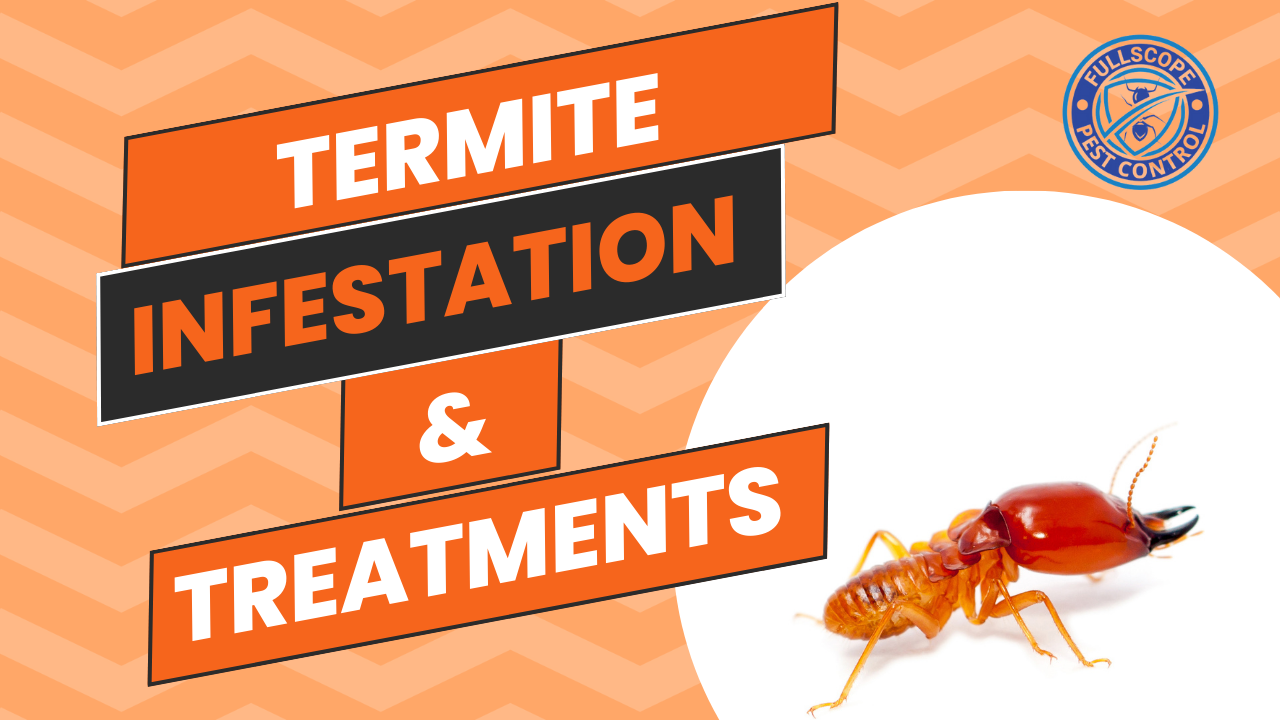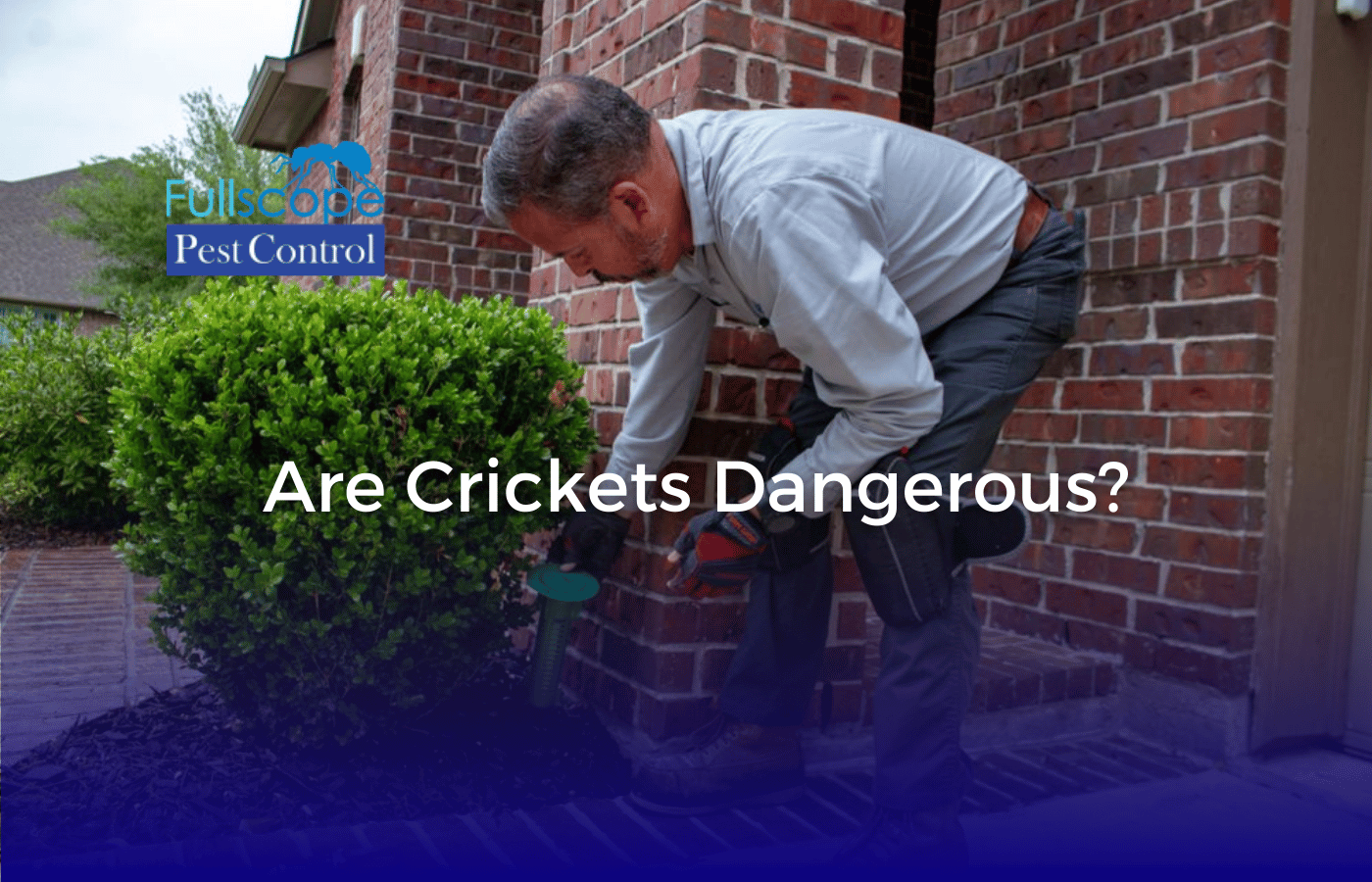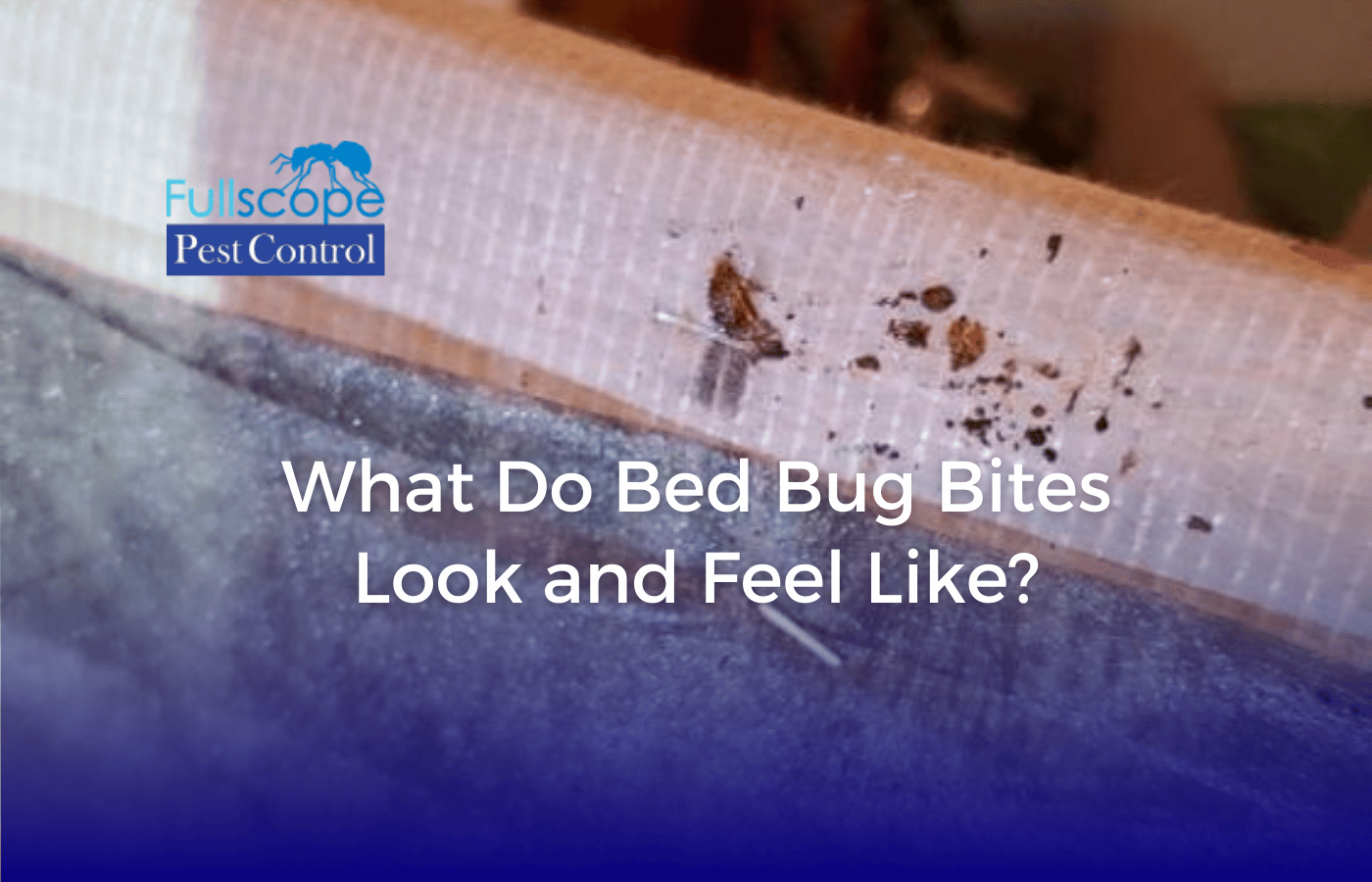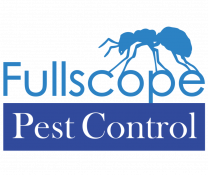Key Highlights
Are you starting to notice strange signs around your home, like tiny wood-colored pellets or hollow-sounding timber? These could be indicators of a termite infestation silently wreaking havoc on your property. In our upcoming blog post, we will delve into the intricate world of termite infestations and how to spot them before they cause irreparable damage. From understanding the behavior and lifecycle of termites to exploring professional treatment options and DIY prevention strategies, this comprehensive guide will equip you with the knowledge needed to safeguard your home. Keep an eye out for tips on identifying common signs of termite presence, steps to take if you suspect an infestation, and long-term management techniques to ensure your home remains termite-free. Don’t let these pests nibble away at your peace of mind – join us as we uncover everything you need to know about termite infestations!
Introduction
Termites are among the most destructive insects in the world, capable of causing severe damage to homes and other wooden structures. Termite infestations can weaken building supports, leading to costly repairs and even structural collapse in extreme cases. It’s essential to be aware of the signs of a termite infestation and take immediate action to prevent further damage.
Identifying a termite infestation can be challenging, as termites often live and travel in hidden areas such as walls, floors, and ceilings. However, there are several signs that can indicate a termite problem. Look out for dead termites or wings in the corners of your home, as well as strange, musty smells throughout the house. Termite droppings, called frass, may be present along baseboards and window sills. You might also notice mud tubes climbing the foundation of your home on the exterior of your house near the foundation or sawdust near doors and windows.
In this blog, we will delve deeper into how to identify a termite infestation, the differences between termite species, termite behavior, initial steps to take when you suspect termites, professional termite treatment options, DIY prevention strategies, and the financial impact of termite damage. By the end of this blog, you will have a comprehensive understanding of termite infestations and the necessary steps to protect your home. So let’s get started!
Identifying a Termite Infestation
Identifying a termite infestation in your home is crucial to prevent further damage and take necessary action. Many people don’t realize they have a termite problem until it’s too late, as termites often infest hidden areas and leave minimal visible signs. However, there are a few key indicators that can help you identify a termite infestation and prevent costly damage:
https://www.forbes.com/home-improvement/pest-control/signs-of-termite-infestation
One of the most common signs of a termite infestation is damaged wood, including drywall. Termites feed on wood, hollowing it out from the inside, which weakens the structure. Look out for sagging floors, buckling walls, or hollow-sounding drywall when tapped. You may also notice small holes or tunnels on the surface of the drywall or wallpaper, as termites can eat through both materials. Additionally, termite activity can cause paint to bubble or crack and wallpaper to peel.
Another sign of a termite infestation is the presence of termite droppings, also known as frass. These small, pellet-like droppings can be found near termite nests or along baseboards and window sills. Keep an eye out for mud tubes on the exterior of your home, as they are often used by termites as a pathway between their nest and a food source.
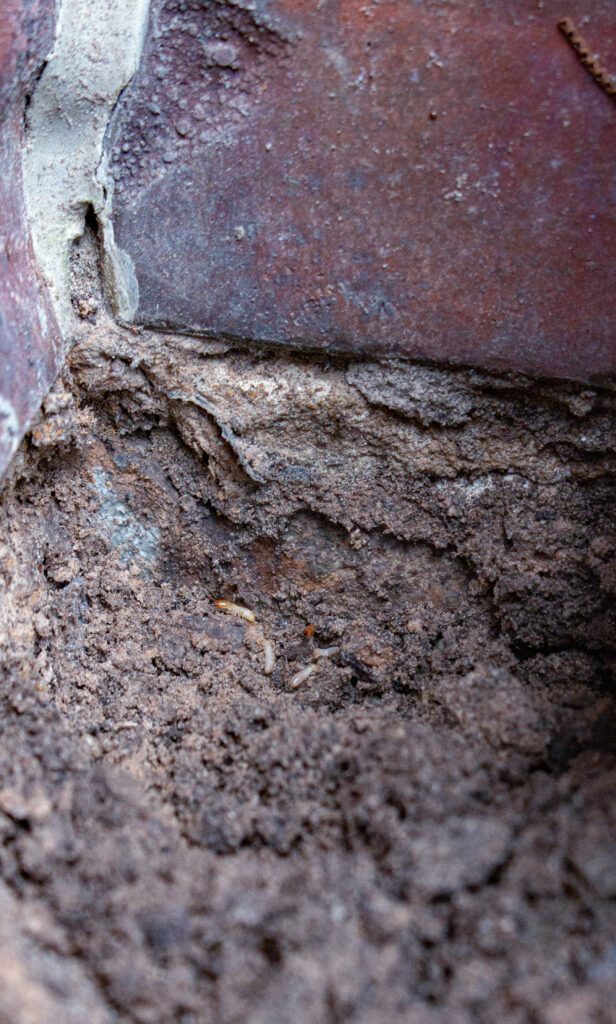
By being vigilant and recognizing these signs, you can catch a termite infestation early and take the necessary steps to address the problem. It’s essential to act quickly to limit the damage and protect your home.
Common Signs Termites Leave Behind
When it comes to identifying a termite infestation, there are several common signs that termites leave behind. By recognizing these signs, you can take immediate action to address the problem. Here are some key indicators of a termite infestation:
- Damaged Wood: Termites feed on wood from the inside, leaving it hollowed out and weakened. Look out for sagging floors, buckling walls, or hollow-sounding wood when tapped.

- Frass: Termite droppings, known as frass, can indicate the presence of termites. These small, pellet-like droppings can be found near termite nests or along baseboards and window sills.
- Mud Tubes: Termites use mud tubes as a means of transportation between their nest and a food source. These tubes are often found on the exterior of the house near the foundation.
- Swarmers: Termite swarmers are mature termites with wings. Spotting swarmers or discarded wings can indicate an established termite colony nearby.
- Strange Smells: Musty or strange odors throughout the house can be a sign of a termite infestation, as termites produce chemicals that can create these smells.
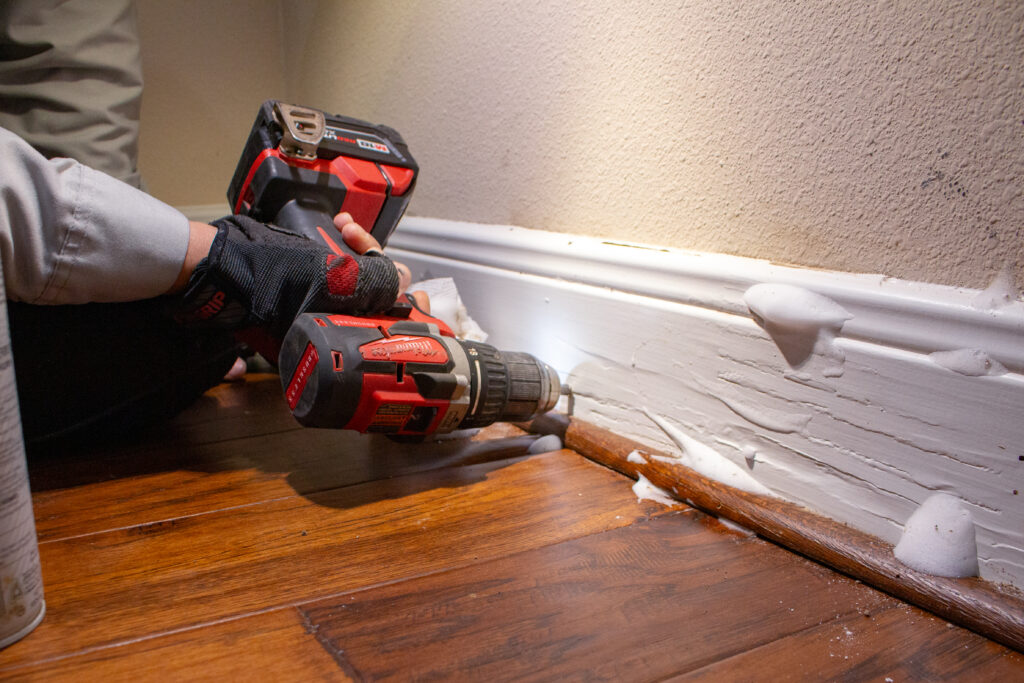
By being aware of these signs and regularly inspecting your home for any termite activity, you can catch an infestation early and take the necessary steps to address the problem. Remember, early intervention is key to minimizing damage and protecting your home.
Differences Between Termite Types and Their Indicators
There are different types of termites that can infest your home, and understanding the differences between them can help in formulating effective treatment strategies. The two main types of termites that commonly infest homes are drywood termites and subterranean termites.
Drywood termites typically infest dry wood, such as furniture or wooden structures within your home. They do not require contact with soil and can survive solely on the moisture present within the wood they infest. Signs of a drywood termite infestation include small holes in the wood, piles of sawdust-like pellets (termite droppings), and blistered or buckled floors.
On the other hand, subterranean termites live in the soil and require contact with moisture to survive. They build mud tubes to protect themselves as they travel between their nest and a food source, such as wooden structures in your home. Signs of a subterranean termite infestation in the United States include mud tubes on the exterior of your home, damaged wood, and the presence of swarmers during termite season.
It’s important to understand the type of termite infestation you have, as different treatment methods may be required. Consulting with a professional pest control service can help determine the most effective approach to eliminate the specific termite species infesting your home.
https://www.britannica.com/animal/termite
Homeowners: Why Termites Swarm and What It Means for You
Termite swarming is a natural part of the reproductive cycle of termites and occurs when a termite colony has grown large enough to establish new colonies. Understanding why termites swarm and what it means for your home is essential in preventing further infestations.
Termite swarm season typically occurs between March and June, although in warmer areas like Florida, it can happen throughout the year. During this time, termite swarmers take flight to find mates and establish new colonies, including native and non-native subterranean termite species. The sight of thousands of flying termites can be alarming, but it’s important to remember that they are simply searching for a suitable place to start a new colony.
If termite swarmers find their way into your home and successfully establish a new colony, it can lead to significant damage. The presence of swarmers indicates a nearby termite colony, and immediate action should be taken to prevent further infestation.
| Column Name A | Column Name B |
| Termite Swarming Season | March to June (Florida: year-round) |
| Appearance | Thousands of flying termites, dark brown or black in color |
| Purpose | Establishing new colonies and reproducing |
| Potential Damage | Infestation of new areas of your home and further termite damage |
By being aware of termite swarms and taking preventive measures during swarm season, you can protect your home from further infestation and minimize the risk of termite damage. Seeking professional pest control services is recommended to ensure effective treatment and prevention strategies.
Initial Steps to Take If You Suspect Termites
If you suspect a termite problem in your home, it is important to take immediate action to limit the damage. The first step is to call a professional pest control service for a termite inspection. A trained professional will be able to identify the signs of a termite infestation and recommend the appropriate treatment options. In the meantime, you can seal off entry points, such as cracks in the foundation or around windows and doors, to prevent further termite activity. It is crucial not to disturb the termites or attempt to treat the infestation yourself, as this may worsen the problem.
When to Call a Professional: Timing Is Key
Knowing when to call a professional pest control service for termite treatment is crucial. Ideally, it is recommended to schedule a free inspection as soon as you suspect a termite problem or notice signs of termite activity. A professional will assess the extent of the infestation and develop a tailored termite treatment plan based on your specific situation and the behavior of different termite species. Early detection and intervention can help prevent further damage and save you from costly repairs down the line. Don’t hesitate to reach out to a pest professional if you have any concerns about termites in your home. They have the knowledge, experience, and tools to effectively eliminate termite colonies and protect your property.
Professional Termite Treatment Options
When it comes to professional termite treatment options, there are several effective methods available. One option is the use of termite baits, which contain poison that is ingested by termites and spread throughout the colony. Chemical treatments can also be used to create a barrier around the home, preventing termites from entering or infesting the structure. Each treatment option has its own advantages and considerations, so it is important to consult with a pest professional to determine the best approach for your specific termite infestation.


What to Expect During a Termite Inspection
During a termite inspection, a trained professional will thoroughly evaluate your property for signs of termite activity and damage. They will inspect both the interior and exterior of your home, including crawl spaces, attics, basements, and wooden structures. The inspector will look for signs such as mud tubes, termite droppings, damaged wood, and swarmers. They may also use specialized tools, such as moisture meters or thermal imaging cameras, to detect hidden termite activity. After the inspection, the professional will provide you with an inspection report detailing their findings and recommendations for termite treatment or prevention. A termite inspection is a crucial step in protecting your home from termite damage and ensuring its structural integrity.
Long-Term Termite Management
Long-term termite management involves ongoing efforts to monitor and protect your home from termite infestations. Regular monitoring of your property for early signs of termite activity is essential. This can be done through visual inspections, placing termite monitors, or utilizing advanced monitoring systems. Termite protection measures, such as physical barriers or chemical treatments, can be implemented to prevent termite infestations. These measures may come with warranties or termite shields to provide long-term termite protection. Establishing a long-term strategy that includes regular inspections, preventive measures, and timely treatment can help ensure the continued termite-free status of your home.
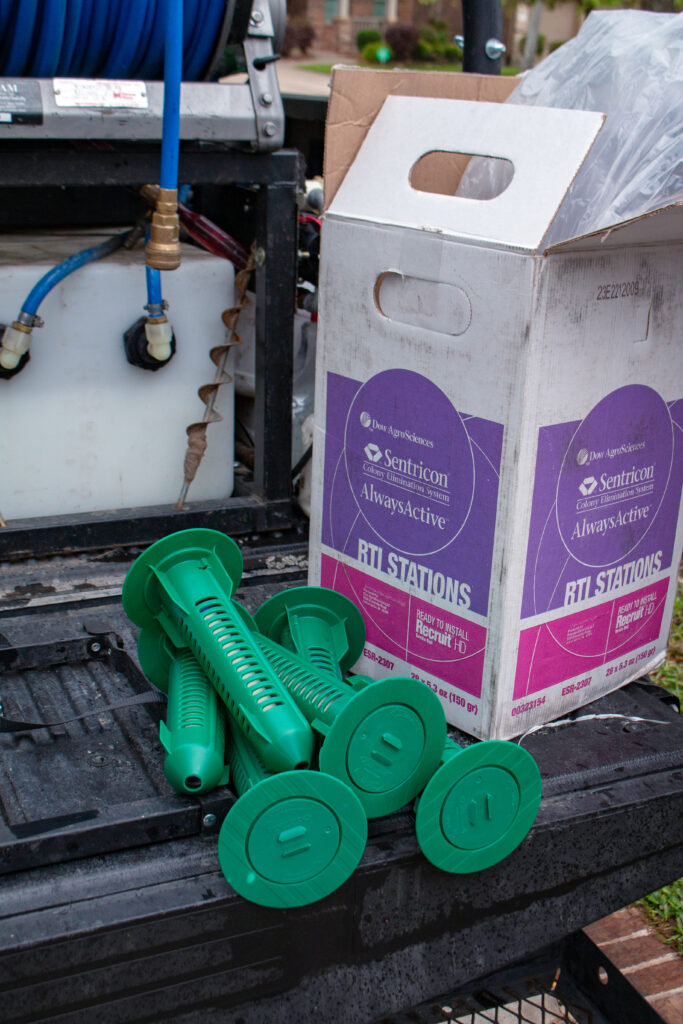
Renewing Termite Protection Measures
Renewing termite protection measures is an important step in long-term termite management. Termite protection measures, such as physical barriers or chemical treatments, may come with warranties or termite shields. It is crucial to renew these protection measures according to the manufacturer’s recommendations or the terms of the warranty. This ensures the continued effectiveness of the protection and helps prevent termite infestations. Regularly inspect the termite protection measures and address any maintenance or renewal requirements promptly. By renewing termite protection measures in a timely manner, you can maintain a termite-free home and protect your property from the damaging effects of termites.
The Financial Impact of Termite Damage
Termite damage can have a significant financial impact on homeowners. Termites can cause structural damage to homes, weakening supports and compromising the integrity of the structure. Repairing termite damage can be costly, often requiring extensive repairs or even rebuilding sections of the home. The financial impact of termite damage can extend beyond repair costs, as it may also affect property value and insurance premiums. By addressing termite infestations early and implementing preventive measures, homeowners can mitigate the financial impact of termite damage and protect their investment.

Understanding the Costs Associated with Termite Treatment and Damage Repair
Understanding the costs associated with termite treatment and damage repair is essential for homeowners. The cost of termite treatment depends on factors such as the extent of the infestation and the treatment method used. Professional pest control services may offer different treatment options with varying costs. Additionally, the cost of repairing termite damage can vary depending on the extent of the damage and the materials involved. It is important to consult with a professional and obtain multiple quotes to determine the most cost-effective solutions for your specific situation. Investing in preventive measures and regular inspections can help minimize the costs associated with termite treatment and damage repair in the long run.
Conclusion
Termites can cause significant damage if left unchecked. Identifying the signs early is crucial for effective termite management. Understanding their behavior, lifecycle, and treatment options is key to protecting your home. DIY prevention strategies and regular maintenance play a vital role in termite prevention. Keep an eye on your property for any signs of termite activity to avoid long-term damage. Knowing the financial implications and insurance coverage related to termite damage can help you plan ahead. Stay informed, take proactive measures, and seek professional help when needed to safeguard your home from termite infestations.
Frequently Asked Questions
Can termites spread from house to house?
Yes, termites can spread from house to house, especially if there are termite colonies in the vicinity. Termites can travel through underground tunnels and infest neighboring homes. Taking preventive measures such as regular inspections and implementing termite protection measures can help prevent the spread of termites.
How often should I inspect my home for termites?
It is recommended to inspect your home for termites at least once a year. However, if you live in an area with a higher risk of termite activity, such as a known termite-prone region, more frequent inspections may be necessary. Consulting with a pest professional can provide guidance on the appropriate inspection frequency based on your specific circumstances.
Are there any eco-friendly termite treatments?
Yes, there are eco-friendly termite treatment options available. These treatments utilize green methods and products that have a lower environmental impact. Examples include biopesticides derived from natural sources or heat treatments that eliminate termites without the use of chemicals. Consulting with a pest professional can help you explore eco-friendly termite treatment options.
What are the first steps after finding termites in my home?
After finding termites in your home, it is important to take immediate action. Contact a professional pest control service for a termite inspection and treatment options. Avoid disturbing the termites or attempting to treat the infestation yourself, as this may worsen the problem.
How can I differentiate between termite damage and other wood damage?
Differentiating between termite damage and other wood damage can be challenging. Signs of termite damage include mud tubes, damaged wood with long grooves, and termite droppings. It is recommended to seek expert assessment from a pest professional to accurately identify the cause of wood damage.
https://www.forbes.com/home-improvement/pest-control/signs-of-termite-damage

